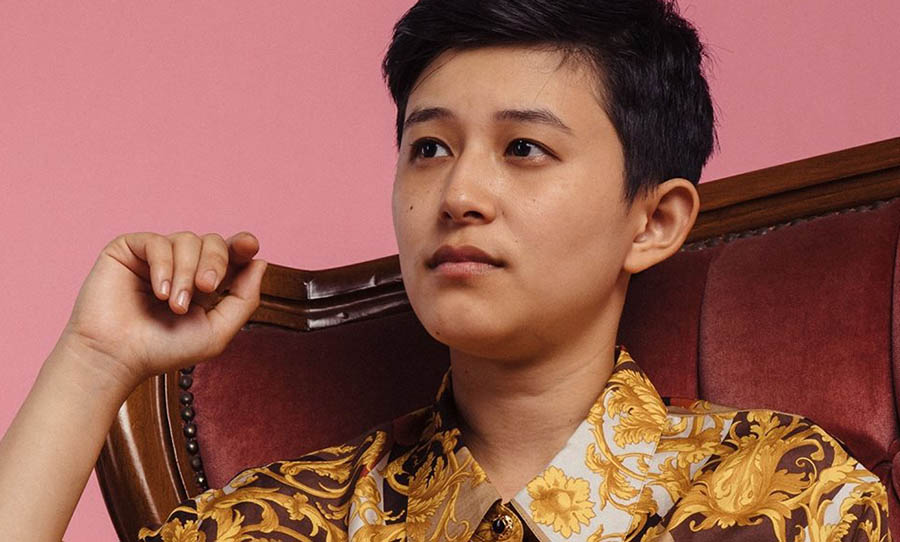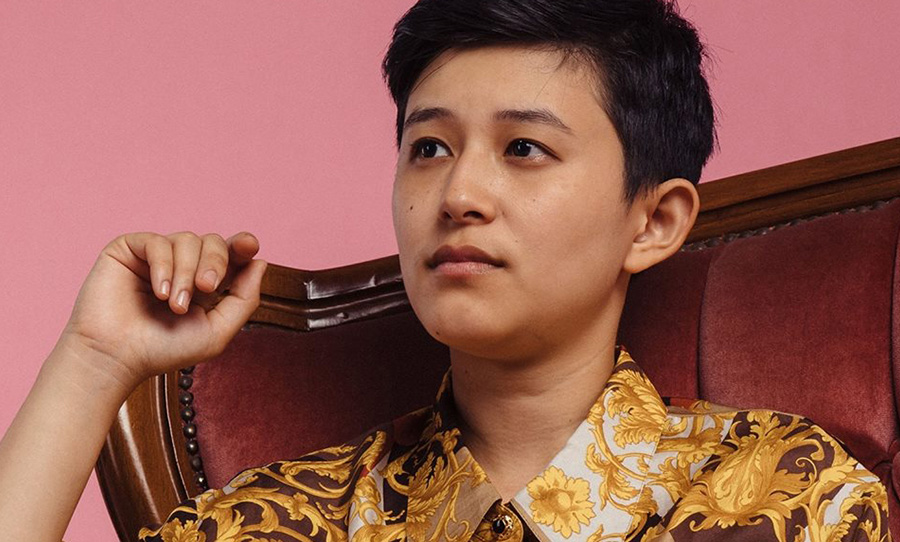Gigging culture can change quite drastically across the globe. Being locked in the Australian music community, it’s easy to forget that not all audiences behave the way you do. Satsuki, an artist based between Japan and Australia, is more familiar with these differences than most.
So we caught up with the artist for a list of the five biggest differences between Aussie and Japanese gigs. Take it away, Satsuki…
Having spent the past number of years, gigging between Australia and Japan, Satsuki lists the five biggest differences between each country’s gig culture.
1. Audience participation
In Japan, the first thing you’ll notice during a gig is the silence. It is common courtesy to listen to gigs quietly. In between songs, the venue is completely quiet, so quiet in fact that you can hear the bands tuning their instruments. The most that Japanese people will participate in is clapping in time with the music or throw in pre-planned choreography, depending on the artist. You will rarely hear people singing along or talking as opposed to gigs in Australia where that is the norm. This is even applicable to festivals in Japan too. There are both pros and cons for both scenarios. Personally, I love the looseness and freedom of Aussie gigs but I do love the respect that comes with Japanese gigs especially with sad/emotional songs. But I do find the silence between songs quite uncomfortable.
2. Punctuality
Since trains are the main form of transport in Japan, gigs often start quite early, around 6/7pm and end around 9/10pm. Uber doesn’t exist and people find taxis too expensive. Big concerts open their doors a few hours earlier and smaller venues open usually half an hour before they start. Both fans and bands are incredibly punctual.
3. No phones
Most Japanese artists and/or venues discourage the use of phones during the gig. Most artists/labels like to control the output of their own content and usually don’t allow audiences to film or take photos. Even if it is allowed, most Japanese people won’t to avoid obstructing people’s views and personal space.
4. Band merch
Physical CDs are still a strong part of Japanese culture. While most Western bands will know that listeners will usually use streaming services, Japanese fans love buying CDs. Most Aussie bands will sell t-shirts while the main product Japanese bands seem to sell other than CDs is towels, specifically face towels. Fans will drape the towel around their neck during the gig and sometimes spin it around in the air if the time calls for it.
5. Seating
Most venues are actually seated. As the venue gets bigger, most choose to stand while the gig is happening. Moshing is not a thing here, with the exception of perhaps the metal scene, which is a large part of the Japanese music scene.
Satsuki’s new single Sister Song is available now. Listen here.




